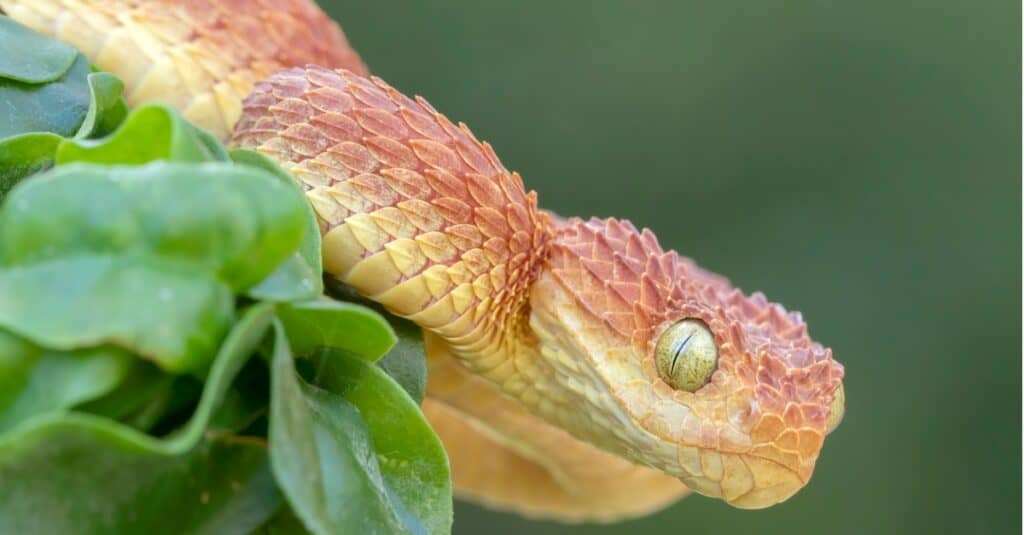Introduction
When it comes to poisonous serpents, Australia is home to a few of the most remarkable and harmful types on the planet. Amongst these, the Tiger Snake attracts attention not just for its potent venom but additionally for its interesting behavior. Understanding the habits of poisonous serpents like the Tiger Serpent is critical for both wild animals enthusiasts and those staying in areas where these serpents are present. This short article delves into Supportive Care numerous facets of Tiger Serpent behavior, habitat, identification, precaution, and emergency treatment methods in instance of a snake bite.
Understanding the Habits of Venomous Snakes Like the Tiger Snake
The Tiger Snake, scientifically known as Notechis scutatus, is well-known for its hostile nature when intimidated. These snakes display a range of actions that can be rather different from their non-venomous counterparts.

Characteristics of Tiger Snakes
The Tiger Serpent is quickly well-known as a result of its unique bands or stripes that appear like a tiger's markings. They can differ in color from yellowish-brown to dark olive or black. This coloration offers not just as camouflage but additionally as a caution signal to potential predators.
Adaptability to Environment
One impressive element of their habits is their adaptability to different atmospheres. Found mainly in coastal regions, marshes, and wetlands throughout Australia and Tasmania, they can flourish in diverse environments including urban areas.
Hunting Techniques
Tiger Serpents are ambush predators primarily feeding upon fish, frogs, and small mammals. They possess eager eyesight and a severe sense of smell which helps them in locating prey effectively.

Venom Composition
Their poison has neurotoxins that affect Australian snake distribution the nerve system, resulting in paralysis or fatality in smaller animals. For humans, prompt medical focus is essential after a tiger snake bite due to its possibly dangerous effects.
Natural Environment of Tiger Snakes
Preferred Locations
Understanding where these snakes live sheds light on their behavioral patterns. The tiger snake habitat includes:
- Coastal regions Swamps Grasslands Urban locations with abundant water sources
Seasonal Movements
During warmer months, Tiger Snakes are extra active as they indulge in sunshine or hunt for food. On the other hand, chillier months see them pulling away right into hibernation sites.
Are Tiger Snakes Venomous?
Yes! The inquiry "are tiger serpents poisonous?" usually emerges amongst those unfamiliar with this species. Their poison is thought about one of the most dangerous amongst all snake types worldwide.
Symptoms of a Tiger Snake Bite
If bitten by a tiger serpent, signs may consist of:
- Localized pain Swelling at the bite site Nausea and vomiting Sweating and confusion
Immediate medical aid is important as unattended bites can result in serious health problems or even death.
First Help for Snake Bites: Quick Reaction Guide
Knowing exactly how to administer emergency treatment for a serpent bite might save a person's life. Here's what you need to do:
Step 1: Continue to be Calm
Keeping calm helps slow down heart rate which reduces venom spread.

Step 2: Incapacitate the Influenced Area
Keep the impacted limb still and below heart degree if possible.
Step 3: Call Emergency Services
Always seek professional clinical aid immediately after a serpent bite.
First Help for Serpent Bite Kit Essentials
A well-appointed snake bite emergency treatment kit must include:
- A compression bandage Antiseptic wipes A pair of scissors A cold pack
Safety Precautions: Protecting against Serpent Bites in Australia
Awareness Programs
Educating communities regarding neighborhood serpent varieties and their habits can significantly lower encounters leading to bites.
Avoiding Dangerous Areas
Staying far from lengthy grass throughout warmer months reduces contact with serpents that may be relaxing or hunting.
Common Misconceptions About Tiger Snakes
Many people believe mistaken beliefs regarding the actions of tiger snakes lead to unneeded worry. Here are some clarifications:
Myth 1: All Tigers Are Aggressive
Not all tiger snakes will certainly show aggressiveness if left uninterrupted; several choose fleeing as opposed to confrontation.
Myth 2: They Chase Humans
Tiger serpents do not proactively chase after humans; they might strike when they feel intimidated but Habitat locations of Australia’s most venomous snakes will typically retreat if given space.
Conservation Efforts Connected to Venomous Snakes
Conservation efforts focus on informing areas regarding securing neighborhood wildlife while lessening human-snake interactions.
Importance of Ecosystems
Understanding that venomous snakes play a vital role in keeping ecological equilibrium helps foster appreciation rather than worry in the direction of them.
FAQs Regarding Tiger Snakes
What needs to I do if I run into a tiger snake?- Maintain range and gradually back away without abrupt movements.
- While attacks aren't extremely usual because of understanding efforts, they still take place every year within Australia.
- Baby tiger serpents can provide full dosages of poison regardless of being smaller sized; thus caution is suggested around them.
- They mainly take in frogs, fish, little creatures like rodents, and various other reptiles.
- It's prohibited in most territories without appropriate licensing because of security issues concerning their venom.
- Wear tough boots and stay on marked trails; look before placing hands or feet into hidden spaces like rocks or logs.
Conclusion
Understanding the actions of poisonous serpents like the Tiger Snake not only enhances our expertise yet also promotes safety understanding among those living near their habitats. From recognizing their attributes, understanding first aid procedures adhering to a bite, with engaging conservation efforts-- every aspect plays an essential duty in cultivating coexistence with these fascinating reptiles while respecting their location within our ecosystem.
As we grow our understanding via education and experience, we add favorably toward making sure both human safety and wild animals conservation-- profiting all events involved!